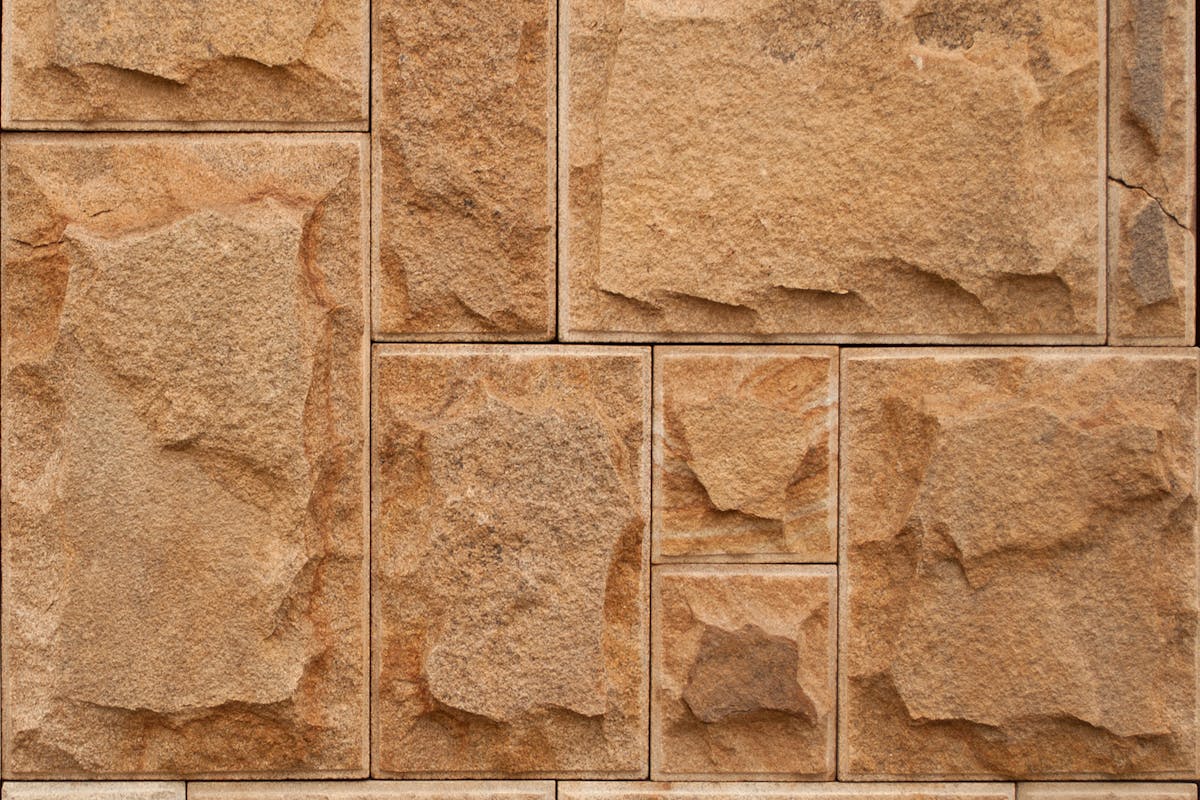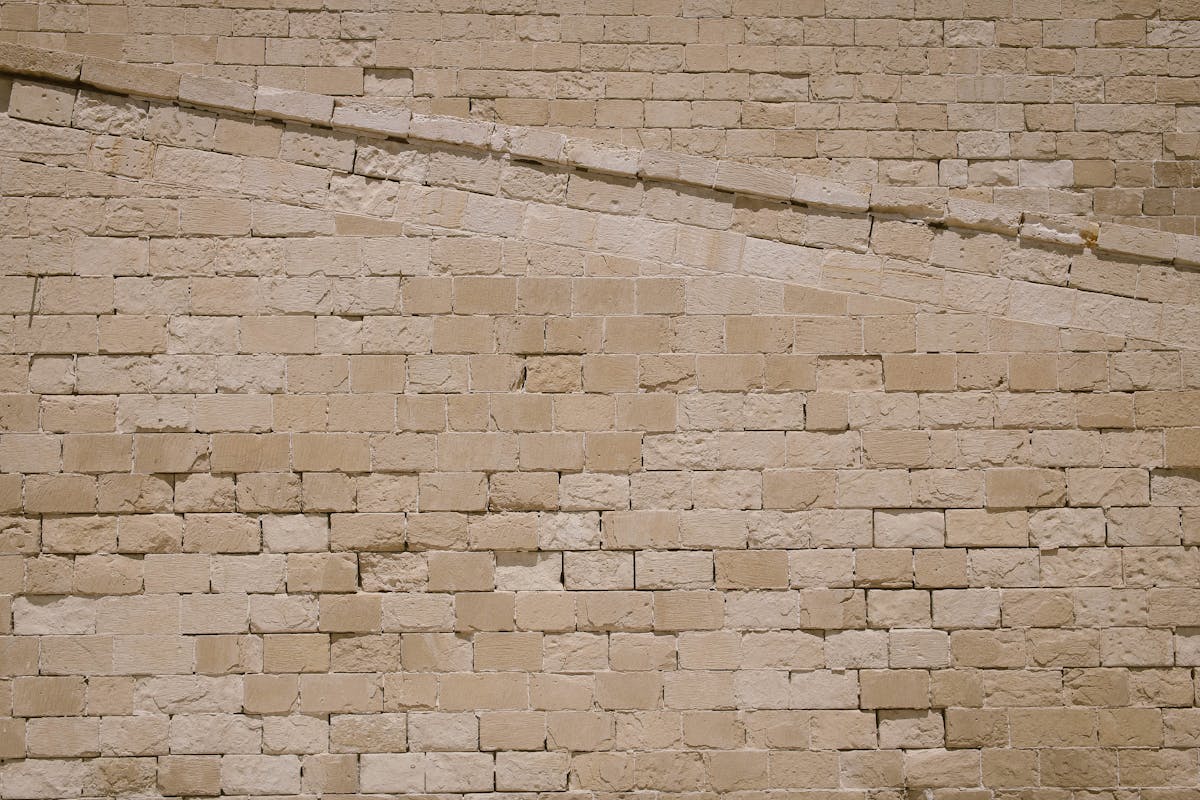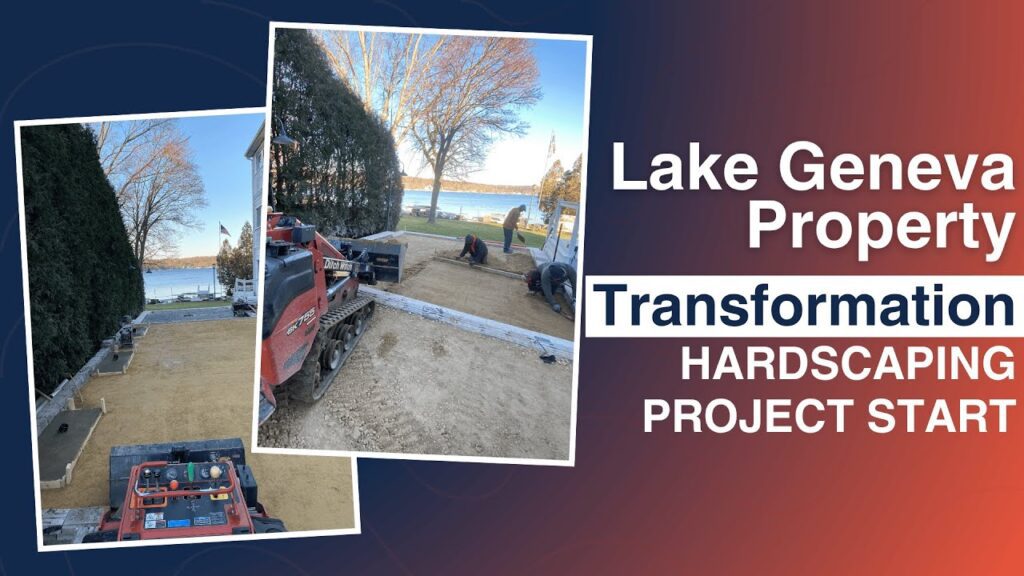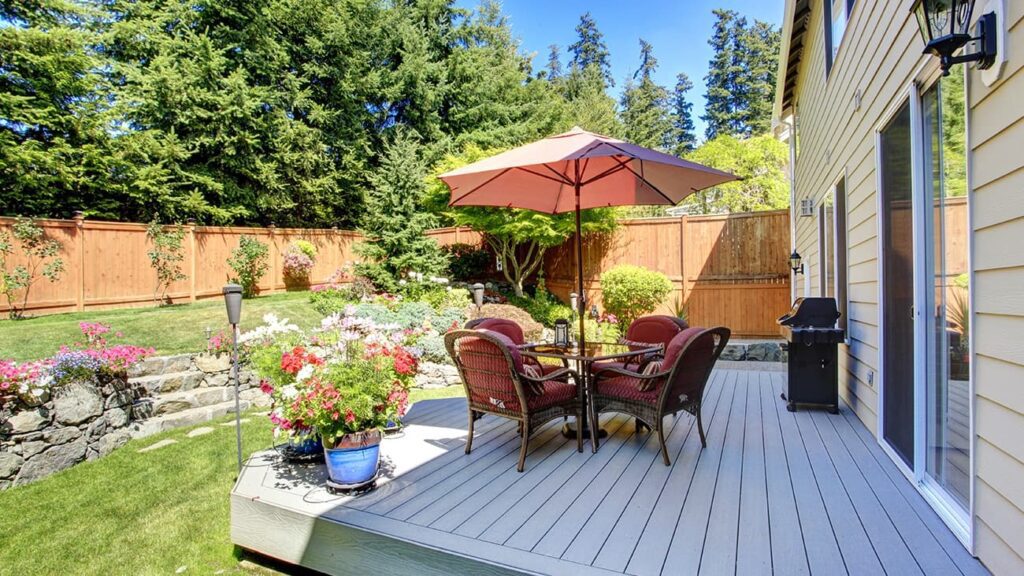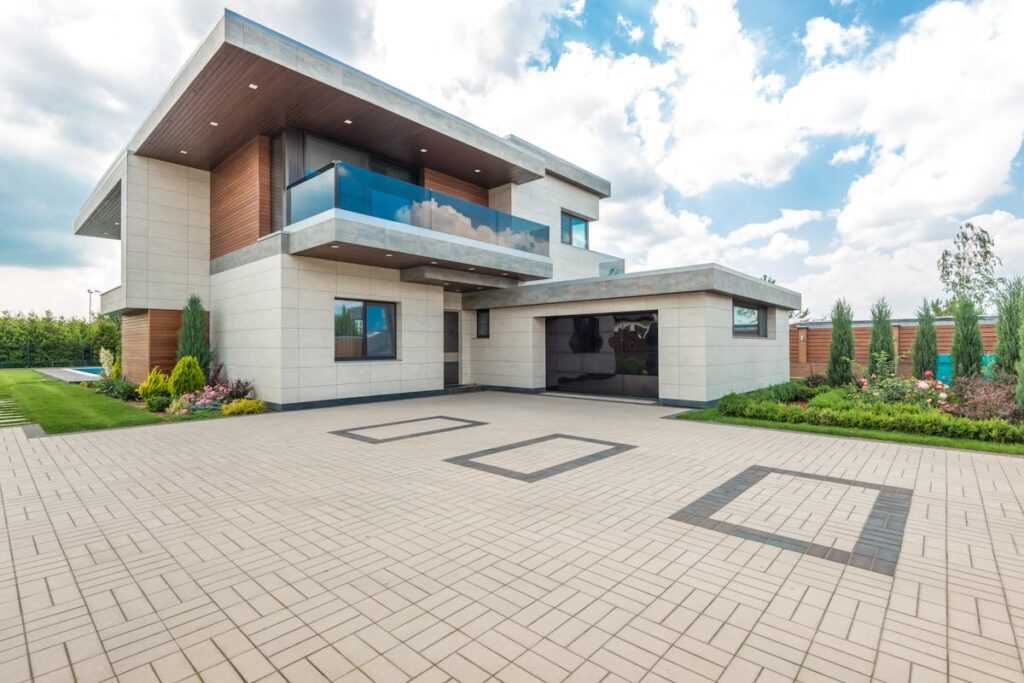If you’re looking to add privacy, section off your property, or build a durable garden wall, a cinder block wall is a smart and sturdy solution. While it may seem intimidating, homeowners with basic DIY skills can absolutely tackle this project—especially for smaller, non-load-bearing structures.
Here’s your simple, structured guide to getting it done right.
Why Cinder Block Walls Are a Solid Choice
Cinder blocks (also called concrete masonry units or CMUs) are affordable, durable, and versatile. A typical 16x8x8 inch block costs just $2–$3 and offers long-lasting strength when built correctly. They work well for:
- Garden barriers
- Retaining walls
- Property boundaries
- Decorative outdoor features
Just make sure to check with your local building department—walls over 4 feet often need permits, rebar, or engineering approvals.
Materials & Tools You’ll Need
Let’s start with the basics:
Materials:
- Cinder blocks – Calculate based on wall dimensions (add 5% extra for waste)
- Mortar mix – High-strength mason’s mix
- Concrete – For the footing, typically twice as wide as the wall
- Cap blocks – For a finished look on top
- Optional rebar – For reinforcement in taller or load-bearing walls
Tools:
- Trenching shovel or excavator
- Wheelbarrow or mixing tub
- Trowel
- Chalk snap line
- 4-foot level
- Rubber mallet
- Mason’s string line
- Concave jointer
- Safety gear: gloves, glasses, dust mask
Step-by-Step Construction Process
1. Plan and Prep
Measure your wall dimensions, mark the layout with stakes and string, and check your local codes. Don’t skip this—you don’t want to tear down a half-built wall because it violates regulations.
2. Excavate and Pour the Footing
- Dig a trench below the frost line (check local depth requirements)
- The footing should be at least twice the wall width (e.g., 16″ for 8″ blocks)
- Pour high-strength concrete, smooth it out, and let it cure for 48–72 hours
Tip: Call your utility locator (like 811 in the U.S.) before digging to avoid underground hazards.
3. Lay Out the First Course
- Use a chalk line to mark the layout on the footing
- Dry-fit the first row to get spacing right
- Apply mortar to the footing and place your first block
4. Mix and Apply Mortar
- Follow package instructions (usually 3:1 ratio of mix to water)
- Mortar should be thick but workable, like peanut butter
- Butter the sides (ears) of each block as you go
5. Lay the Blocks in a Staggered Pattern
- Start at the corners
- Lay blocks end to end, tapping them into place with a mallet
- Use half-blocks on alternating rows to create a strong, interlocked pattern
- Check for level and plumb frequently
6. Add Reinforcement (if needed)
- Insert rebar vertically every other block if required by code
- Fill block cores with grout for strength on load-bearing or taller walls
7. Finish the Wall
- Add cap blocks on top using mortar
- Tool the joints with a concave jointer for a neat finish
- Remove excess mortar once it firms up (not too wet, not too dry)
Common Mistakes to Avoid
- Skipping the footing – A shallow or missing base leads to instability
- Not checking level often – Small errors stack up fast
- Ignoring codes – Permits and inspections are no joke for tall or structural walls
When to Hire a Pro
DIY works well for short garden or divider walls. But if your wall is load-bearing, taller than 4 feet, or needs engineered reinforcement, it’s smart to bring in a professional. The stakes are higher with retaining or structural walls, and so are the risks.
FAQs and Quick Tips
- Cinder vs. Concrete Block? Concrete blocks are stronger; cinder blocks are lighter and better for non-load-bearing projects.
- How long will it last? Up to 80 years with proper care (sealing, good drainage)
- Can I build in winter? Not advisable. Frozen soil ruins footings and cold weather affects mortar curing.
Backyard Hardscape Fireplace Design
Final Thoughts
A cinder block wall is one of the most cost-effective ways to build structure into your outdoor space. With a bit of planning, some muscle, and the right tools, you can build a wall that lasts decades.
But know your limits. Some walls are best left to professionals—especially when safety and compliance are on the line.
Looking for help with a wall, drainage, or full landscape transformation? Ware Landscaping is just a call away.

